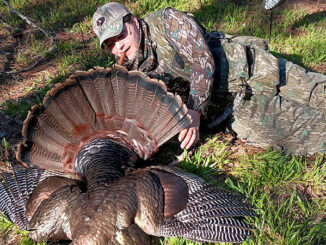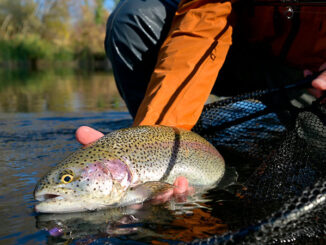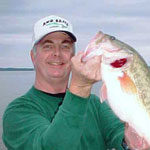Talk the talk when targeting bucks
Vocalization helps lure deer close for a shot, but moderation is a key to success. (Photo by Terry M

Turkey hunters need to avoid these seven deadly sins to make their hunt successful. […]

Opening day double beard Log in or Subscribe to read the rest of this content.

Using multiple rigs can be effective for catching trout, as well as numerous other species of fish. […]

Copyright 1999 - 2024 Carolina Sportsman, Inc. All rights reserved.
Be the first to comment